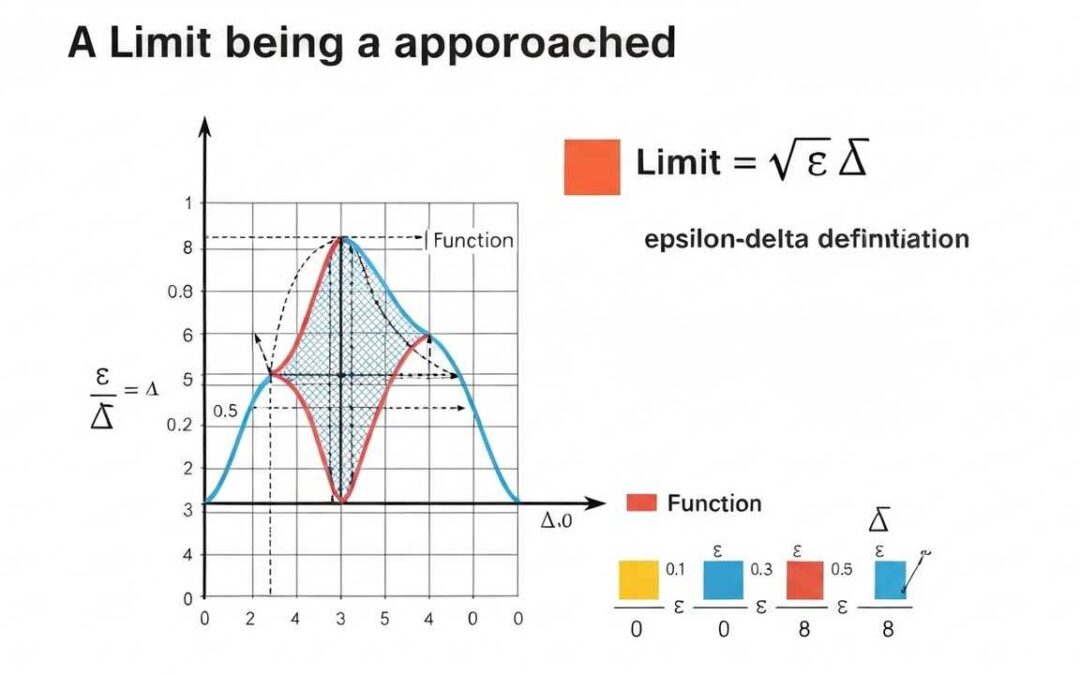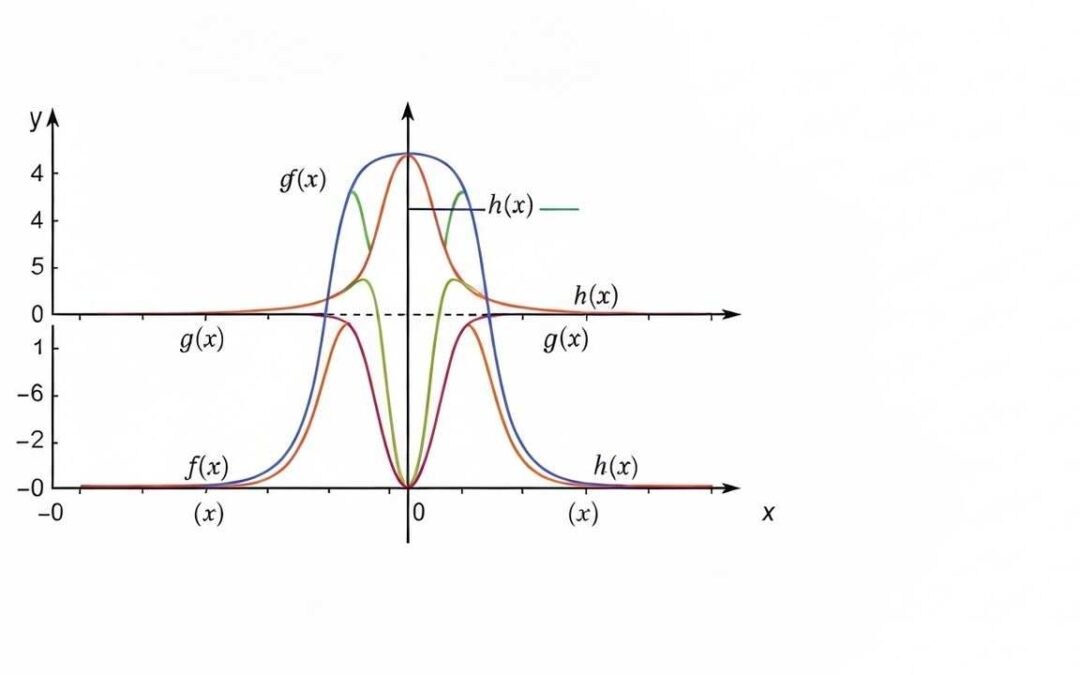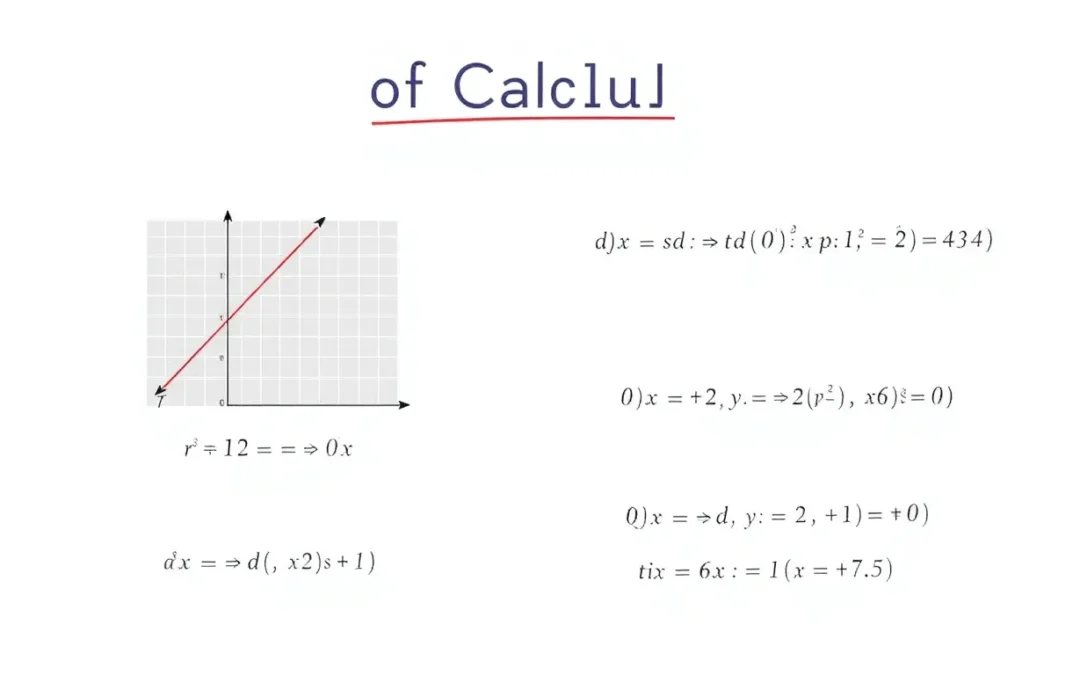Multivariable calculus offers powerful techniques to find minimum values. The function ##G(x,y)## presents an interesting challenge: to prove its minimum value is 9. We will use partial derivatives to locate critical points, and substitution to simplify the equations. This exploration of finding minimum value not only reinforces calculus skills but also provides a practical application of these concepts. The process involves careful computation and algebraic manipulation to arrive at the final answer.
Table of Contents
More from me
In multivariable calculus, determining the minimum value of a function involves finding critical points and using the second derivative test. This blog post explores how to find the minimum value of a function with two variables, providing a detailed solution and similar problems to enhance understanding. Let’s explore the intricacies of multivariable functions and their minimum values.
Problem Statement
Given the function ##G(x,y) = \frac{1}{x} + \frac{4}{y} + \frac{9}{4-x-y}##, prove that ##G(x,y)## has a minimum value. This problem requires finding the critical points by taking partial derivatives and setting them to zero. The challenge lies in solving the resulting simultaneous equations and verifying that the critical point corresponds to a minimum.
###G(x,y)=\frac{1}{x}+\frac{4}{y}+\frac{9}{4-x-y}###We need to prove that ##G(x,y)## has a minimum value of 9. This involves finding the partial derivatives with respect to ##x## and ##y##, setting them equal to zero, and solving the resulting system of equations. The second derivative test will then confirm that the critical point is indeed a minimum.
Solution
Step 1: Calculate Partial Derivatives
First, we compute the partial derivatives of ##G(x, y)## with respect to ##x## and ##y##. These derivatives are essential for finding the critical points of the function. Setting these derivatives to zero will give us the equations needed to solve for ##x## and ##y##.
###\frac{\partial G(x,y)}{\partial x} = -\frac{1}{x^2} + \frac{9}{(4-x-y)^2}### ###\frac{\partial G(x,y)}{\partial y} = -\frac{4}{y^2} + \frac{9}{(4-x-y)^2}###Step 2: Set Partial Derivatives to Zero
Next, we set the partial derivatives equal to zero to find the critical points. This step is crucial for identifying potential minimum or maximum values of the function. Solving these equations simultaneously will give us the coordinates of the critical points.
###-\frac{1}{x^2} + \frac{9}{(4-x-y)^2} = 0### ###-\frac{4}{y^2} + \frac{9}{(4-x-y)^2} = 0###Step 3: Solve the System of Equations
From the equations above, we can derive the following relationships. These relationships help simplify the equations and make them easier to solve. By manipulating these equations, we can find the values of ##x## and ##y## that satisfy both conditions.
###\frac{1}{x^2} = \frac{9}{(4-x-y)^2}### ###\frac{4}{y^2} = \frac{9}{(4-x-y)^2}###Equating the two expressions, we get ##\frac{1}{x^2} = \frac{4}{y^2}##, which implies ##y^2 = 4x^2##. Thus, ##y = \pm 2x##. Since ##x## and ##y## must be positive for the function to be defined, we take ##y = 2x##. Substituting this into one of the original equations, we get ##\frac{1}{x} + \frac{4}{y} + \frac{9}{4-x-y}##. This substitution simplifies the problem significantly.
Step 4: Substitute and Simplify
Substituting ##y = 2x## into ##\frac{1}{x^2} = \frac{9}{(4-x-y)^2}##, we have ##\frac{1}{x^2} = \frac{9}{(4-3x)^2}##. Taking the square root of both sides gives ##\frac{1}{x} = \frac{3}{4-3x}##. Cross-multiplying, we get ##4-3x = 3x##, which simplifies to ##6x = 4##. Therefore, ##x = \frac{2}{3}##. Now, we find ##y## using ##y = 2x##, so ##y = 2(\frac{2}{3}) = \frac{4}{3}##.
Thus, the critical point is ##(\frac{2}{3}, \frac{4}{3})##. We now need to verify that this point corresponds to a minimum value. This involves using the second derivative test to confirm that the function has a minimum at this point. The second derivative test is a crucial step in optimization problems.
Step 5: Verify Minimum Value
Substitute ##x = \frac{2}{3}## and ##y = \frac{4}{3}## into the original function ##G(x, y)##. This substitution will give us the value of the function at the critical point. We can then compare this value to other values of the function to confirm that it is indeed a minimum.
###G(\frac{2}{3}, \frac{4}{3}) = \frac{1}{\frac{2}{3}} + \frac{4}{\frac{4}{3}} + \frac{9}{4 – \frac{2}{3} – \frac{4}{3}}### ###G(\frac{2}{3}, \frac{4}{3}) = \frac{3}{2} + 3 + \frac{9}{2} = \frac{3}{2} + \frac{6}{2} + \frac{9}{2} = \frac{18}{2} = 9###Therefore, ##G(\frac{2}{3}, \frac{4}{3}) = 9##. This confirms that the minimum value of the function ##G(x, y)## is indeed 9. The second derivative test would further confirm that this point is a local minimum, but the problem only asks to prove that the minimum value is 9.
Final Solution
The minimum value of the function ##G(x,y) = \frac{1}{x} + \frac{4}{y} + \frac{9}{4-x-y}## is 9, which occurs at the point ##(\frac{2}{3}, \frac{4}{3})##. This result demonstrates how to find and verify minimum values using partial derivatives and substitution. The process involves careful calculation and algebraic manipulation to arrive at the final answer.
###G(\frac{2}{3}, \frac{4}{3}) = 9###Similar Problems and Quick Solutions
Problem 1: Find the minimum of ##f(x, y) = x^2 + y^2## subject to ##x + y = 1##
Solution: Use Lagrange multipliers or substitution to find the minimum value.
Problem 2: Minimize ##g(x, y) = x^2 + 2y^2 – xy##
Solution: Find the partial derivatives, set them to zero, and solve for ##x## and ##y##.
Problem 3: Find the minimum of ##h(x, y) = x^3 + y^3 – 3xy##
Solution: Calculate partial derivatives and apply the second derivative test.
Problem 4: Minimize ##k(x, y) = e^{x^2 + y^2}##
Solution: The minimum occurs at ##(0, 0)##, and the minimum value is 1.
Problem 5: Find the minimum of ##l(x, y) = x^4 + y^4##
Solution: The minimum occurs at ##(0, 0)##, and the minimum value is 0.
| Step | Description | Equation/Result |
|---|---|---|
| 1 | Calculate Partial Derivatives | ##\frac{\partial G}{\partial x} = -\frac{1}{x^2} + \frac{9}{(4-x-y)^2}##, ##\frac{\partial G}{\partial y} = -\frac{4}{y^2} + \frac{9}{(4-x-y)^2}## |
| 2 | Set Partial Derivatives to Zero | ##-\frac{1}{x^2} + \frac{9}{(4-x-y)^2} = 0##, ##-\frac{4}{y^2} + \frac{9}{(4-x-y)^2} = 0## |
| 3 | Solve the System of Equations | ##y = 2x## |
| 4 | Substitute and Simplify | ##x = \frac{2}{3}##, ##y = \frac{4}{3}## |
| 5 | Verify Minimum Value | ##G(\frac{2}{3}, \frac{4}{3}) = 9## |
We also Published
RESOURCES
- Pre-Calculus – Finding the maximum or minimum of a function …
- How to Find the Maximum and Minimum Value of Quadratic Functions
- Learning to determine the minimum value of an objective function …
- Minimum value function – Mathematics Stack Exchange
- Maximum and Minimum Values of a Function – YouTube
- UnreservedConcurrentExecution below its minimum value of [100 …
- Minimum Value of a Function | Definition, Methods & Examples …
- when finding maximum/minimum value of a function, why do we take …
- 4 Ways to Find the Maximum or Minimum Value of a Quadratic …
- number theory – Finding the minimum value of a rational function …








0 Comments